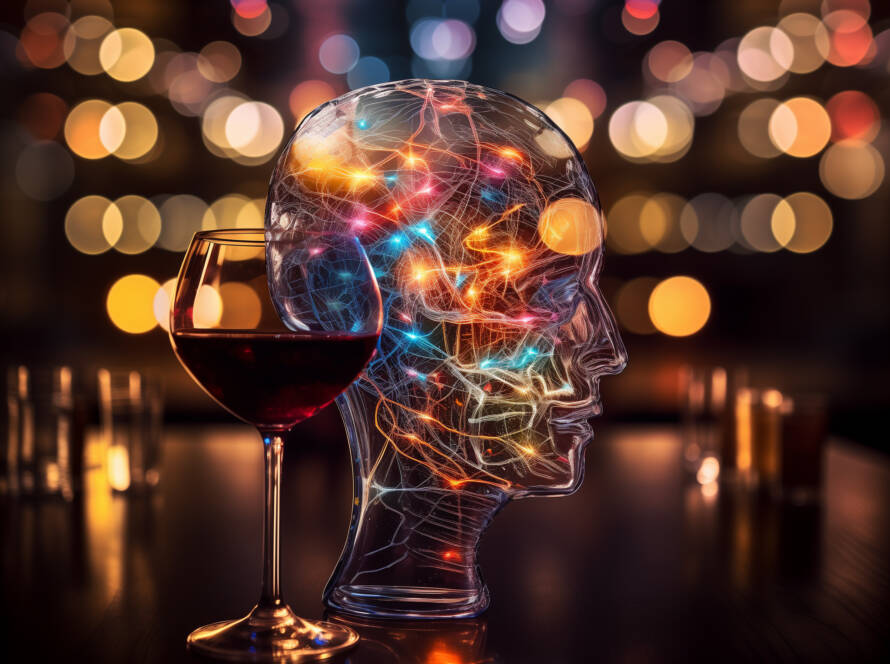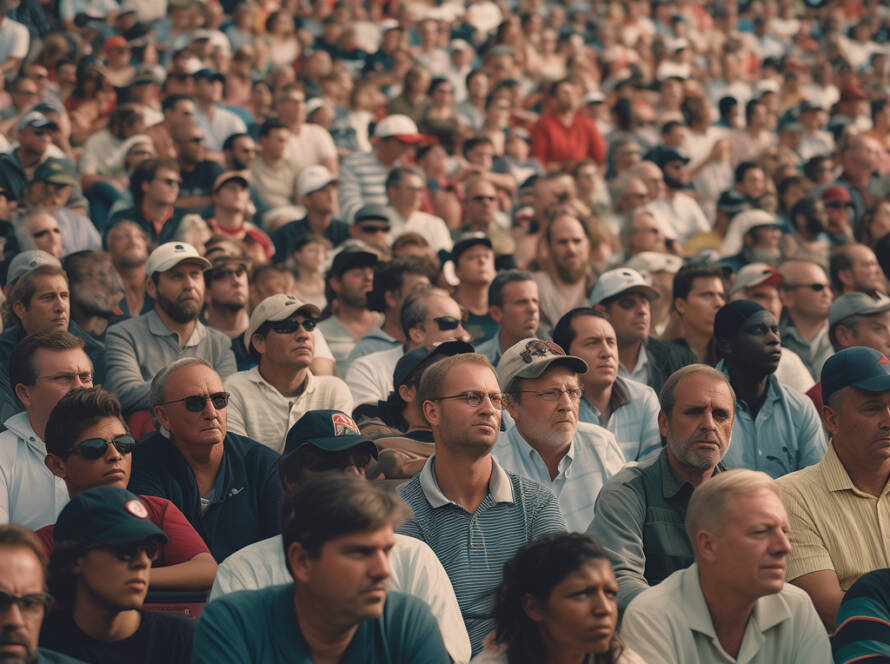Ever wondered what goes on in the world of brewing your favorite beer, cocktail, or wine? Well, tune in, because we’re about to dive into the science behind alcohol production. It’s not just about squishing grapes or barley; there’s a whole lot of interesting science in each glass!
Fermentation: The Science Party in Your Drink
It all starts with fermentation – a process that might sound like it belongs in a science lab (because it does!). Here’s the deal: Yeast goes to town on sugars, transforming them into something a little more interesting. We’re talking about the reaction where Glucose (C6H12O6) – that’s your basic sugar – gets turned into 2 molecules of ethyl alcohol (C2H5OH) and 2 molecules of carbon dioxide (CO2). Plus, this reaction isn’t just cool to talk about; it gives off energy that keeps the yeast grooving and producing.
This is where the party starts in alcohol production. Fermentation is like a tiny rave happening at a molecular level – no oxygen allowed! Yeast gets down to business, turning sugars into alcohol and carbon dioxide. The kind of sugar and yeast you use, plus where and how you let this party happen (think temperature and pH), can totally change the taste and vibe of your drink. So, The specific sugar and yeast type, along with the fermentation conditions, are what make your drink taste unique.
Yeast – The Party Starter
Yeast is the real MVP of alcohol production. These tiny fungi take sugar from the juice or grains and convert it into the potent stuff – ethanol and carbon dioxide. The type of yeast used is key. Take Saccharomyces cerevisiae, aka brewer’s yeast. This little guy is a champ at handling alcohol and can work with different sugars, playing a big role in defining the flavor and aroma of your drink. For example, tweaking the temperature in wine fermentation can change how the yeast behaves, which means playing with the aroma of your wine.
Different yeasts mean different vibes in your drink. It’s responsible for those subtle flavor notes and aromas in your drink. Like how a DJ sets the mood with a playlist, the yeast sets the mood for your drink.
Conclusion
Wrapping it up, the world of alcohol production is more than just an age-old craft; it’s a fascinating interplay of science. From the transformation of glucose (C6H12O6) into ethyl alcohol (C2H5OH) and carbon dioxide (CO2), to the intricate role yeast plays in flavor and aroma – it’s a complex process that combines biology and chemistry.
Whether one chooses to partake in alcoholic beverages or not, the science of fermentation is undeniably intriguing. It bridges ancient traditions with modern scientific understanding, offering a unique perspective on how biology and chemistry interplay in our everyday lives.




